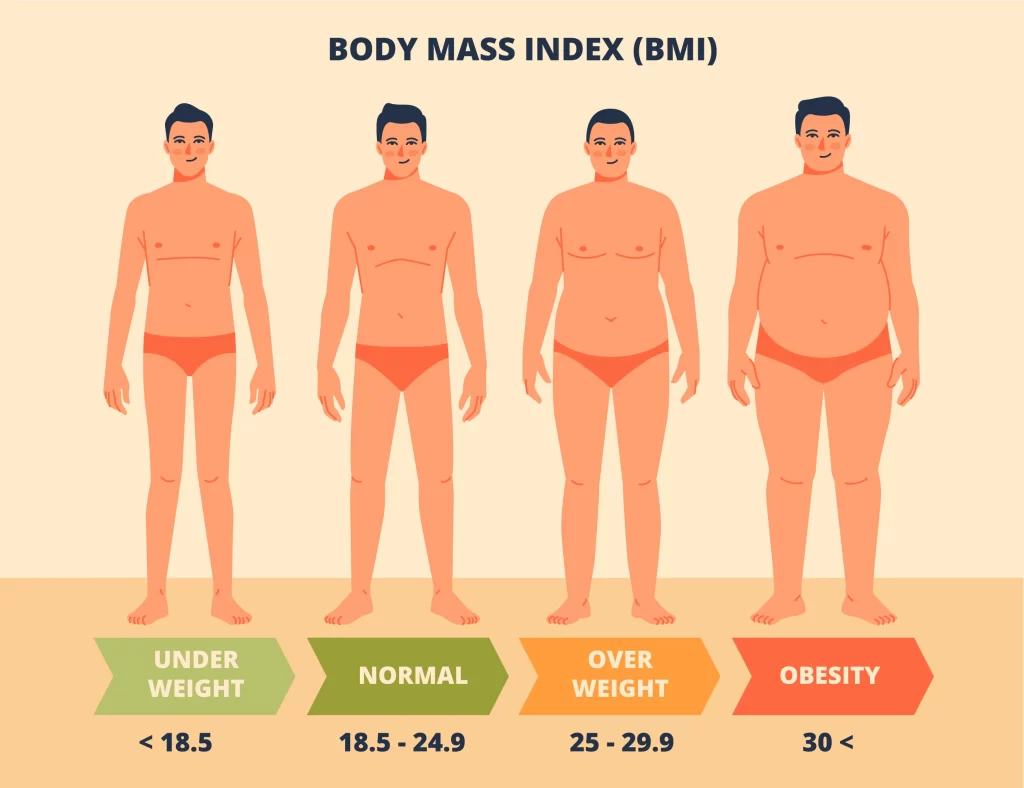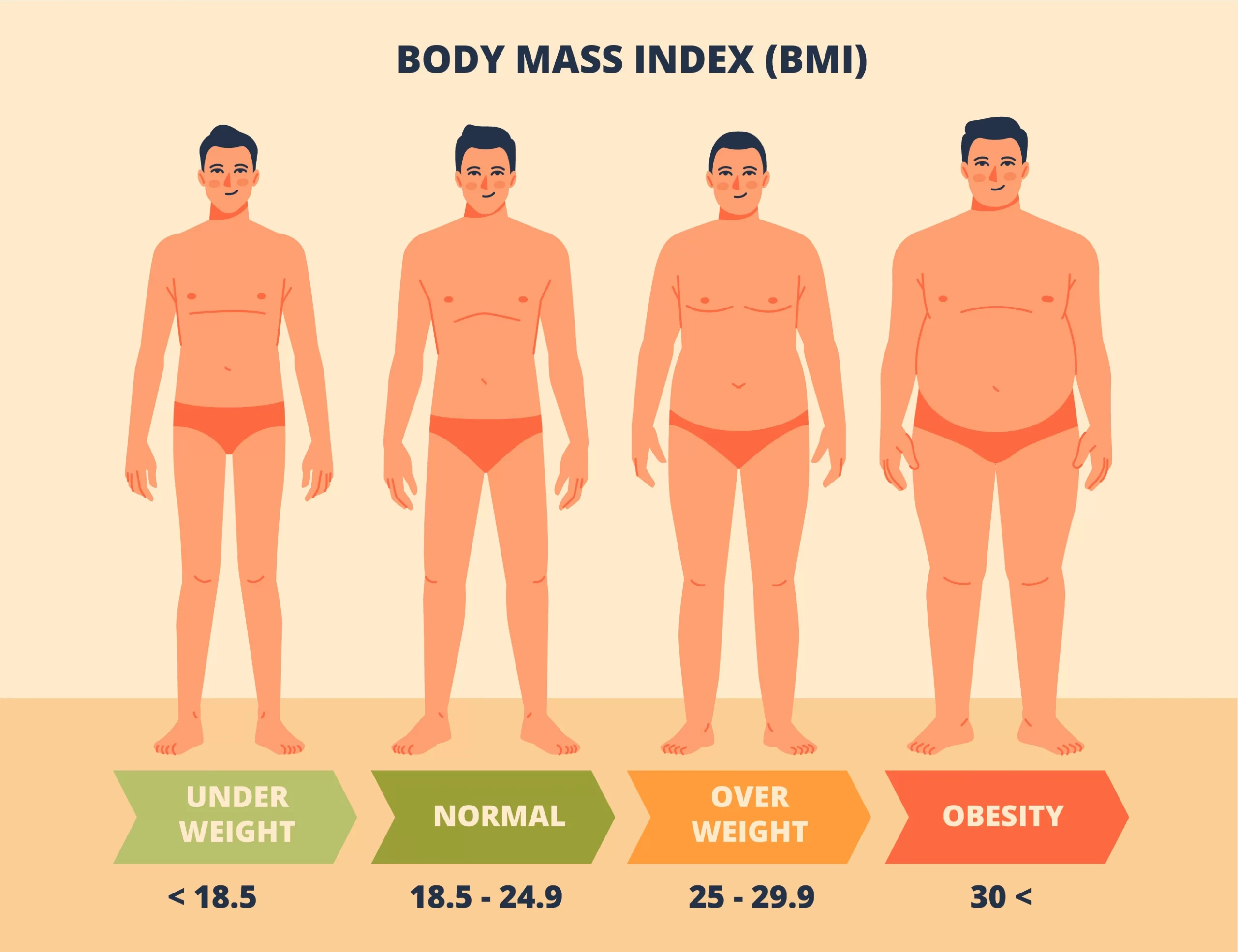
BMI: What is it?
The body mass index (BMI), which provides a quick and easy way to categorize a person’s weight status, is a standard instrument for figuring out a person’s body weight in relation to their height. Although BMI is a useful screening tool, it is essential to understand its limitations and the circumstances in which it should be used. The definition, calculation technique, significance, and boundaries of BMI are all covered in this tutorial. Check your BMI With Best Diagnostic center in Dwarka.
BMI categories
A person’s BMI can be used to identify if they are underweight, normal weight, overweight, or obese. It is divided into different levels. These groupings are:
- Underweight: BMI < 18.5
- Normal weight: BMI 18.5 to 24.9
- Overweight: BMI between 25 and 29.9
- Obesity: 30 or higher BMI
Importance of BMI
BMI is a quick and simple way to screen the general public for potential weight-related health problems. This is why it matters:
- Health Indicator: It assists in identifying people who may be at risk for diseases including diabetes, malnutrition, and cardiovascular disorders that are associated with being overweight or underweight.
- Public health: BMI is used to track population trends in weight status and to provide targeted interventions in public health settings.
- Clinical Use: BMI is utilized in clinical practice to determine a patient’s health risks and to direct conversations around dietary, exercise, and lifestyle modifications.
How to Determine BMI
Finding your BMI is easy. Let’s look at an illustration to learn how to compute it:
- Metric System.
- Imperial System.
How to Interpret BMI
BMI is a helpful screening tool, but it shouldn’t be the only one utilized for diagnosis.
Although it does not measure body fat directly or take into consideration other variables like muscle mass, bone density, and overall body composition, it does give a rough idea of body fat.
- Normal Weight: Usually denotes a weight that is healthily proportionate to height.
- Underweight: Could be a sign of malnourishment, eating disorders, or other health problems that need to be checked up.
- Obesity and being overweight: Indicate a higher risk for conditions like high blood pressure, heart disease, type 2 diabetes, and several malignancies.
BMI’s limitations
Although BMI is widely used, it has a few drawbacks:
- Body Composition: Muscle and fat are not distinguished by BMI. As a result, those who are muscular may have a high BMI but little body fat.
- Age and Sex: Age and sex-related variations in body composition are not taken into consideration by BMI. For instance, the percentage of body fat in women is often higher than in men.
- Distribution of Fat: The body’s fat content is not indicated by BMI. Subcutaneous fat (found beneath the skin) is not as harmful to health as visceral fat, which is found around the abdomen.
- Ethnic Differences: The accuracy of BMI in identifying health risks is affected by the variation in the association between BMI and body fat among various ethnic groups.
Substitutes for BMI
Several supplemental metrics and alternatives to BMI are frequently employed in order to address its limitations:
- Waist circumference: This measurement of belly fat aids in determining the risk of conditions linked to central obesity.
- Waist-to-Hip Ratio (WHR): This measurement compares the circumference of the hips and waist and sheds light on the distribution of fat.
- Body Fat Percentage: Calculated by dual-energy X-ray absorptiometry (DEXA), skinfold measurements, and bioelectrical impedance analysis (BIA).
- Z-Score for Body Mass Index: BMI z-scores provide a more accurate assessment for children and adolescents by taking age and sex into consideration.

